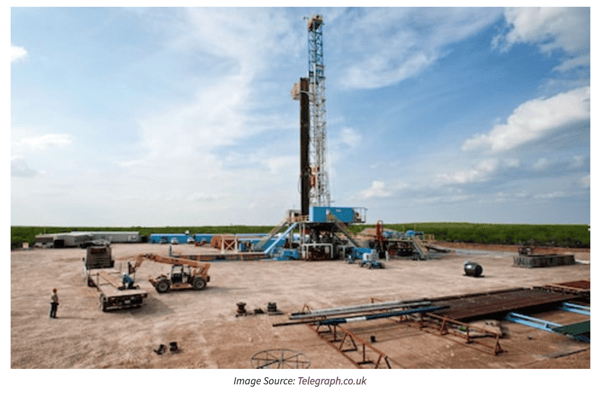“Strongly contributing to the slowdown has been the dramatic increase in the underlying base declines.”
US shale oil production growth slowed dramatically in 2019. We recently turned to our artificial neural network to help shed light on the reasons why.
For the first eight months of 2019, shale production grew by 57,000 b/d per month on average. This represented a slowdown of 60% compared with the eight months ending August 2018, during which production grew by 132,000 b/d per month on average. Remarkably, this slowdown occurred even though the industry completed 10% more wells during the first eight months of 2019 than in the same period in 2018. In aggregate, production from all new wells actually accelerated between the two periods, from 571,000 b/d per month to 640,000 b/d per month, due mainly to the higher number of wells completed.
However, drilling productivity, although still growing slightly, slowed dramatically. For the eight months ending August 2018, a new well flowed 460 barrels of oil on average during its first full month of production compared with 470 barrels in 2019 —a rise of only 2% and a dramatic slowdown from the 10% drilling productivity growth experienced in the first eight months of 2018 versus the first eight months of 2017.
Also strongly contributing to the slowdown has been the dramatic increase in the underlying base declines. For the eight-month period ending August 2018, production from existing wells declined by 440,000 b/d per month on average. By August 2019, this figure had accelerated to 590,000 b/d per month – a further decline of 150,000 b/d. The acceleration in the base decline overwhelmed all other factors and net production growth ground to a halt. Two factors explain the acceleration in base declines: a larger production base and a higher decline rate. Total production increased by 20% between the two periods. Therefore, even with a constant decline rate, the total barrels of depletion would have increased materially. However, base decline rates accelerated from 54% annualized for the eight months ending August 2018 to 58% by August 2019. The reason: new wells have much higher declines than old wells and the surge in new wells drilled and completed in 2018 significantly increased the overall decline rate in the production base.
We also considered another interesting comparative period: the eight months ending July 2017. This period marked the last time average monthly production growth was comparable to today (50k b/d per month). Remarkably, two years ago the oil industry turned 650 rigs to reach this level of growth whereas 810 rigs are required today. Furthermore, drilling times have collapsed over the last two years resulting in more completions per well operating. In total, we estimate that nearly 60% more wells were completed in the eight months ending August 2019 than in the period ending July 2017.
Moreover, today’s average well is 11% more productive than in 2017 (for those that are interested, our neural network predicts this modest productivity boost was a function of both improved drilling techniques and high-grading). The combination of 60% more completions and 11% more productive wells doubled new well production from 370,000 b/d per month in 2017 to 640,000 b/d per month in late 2019. While the contribution from new wells increased massively over the last two years, so did the base declines. In fact, base declines accelerated by nearly 270,000 b/d between the two periods, offsetting the entire increase in new production. In other words, the shale industry now needs 60% more wells, each of which is 11% more productive, to reach the same level of growth as it did two years ago.
In our Q3 2019 commentary, WHAT IS HAPPENING TO US SHALE PRODUCTION?, we explore this subject and many others. If you are interested in reading our in-depth research piece, please download the document below.



